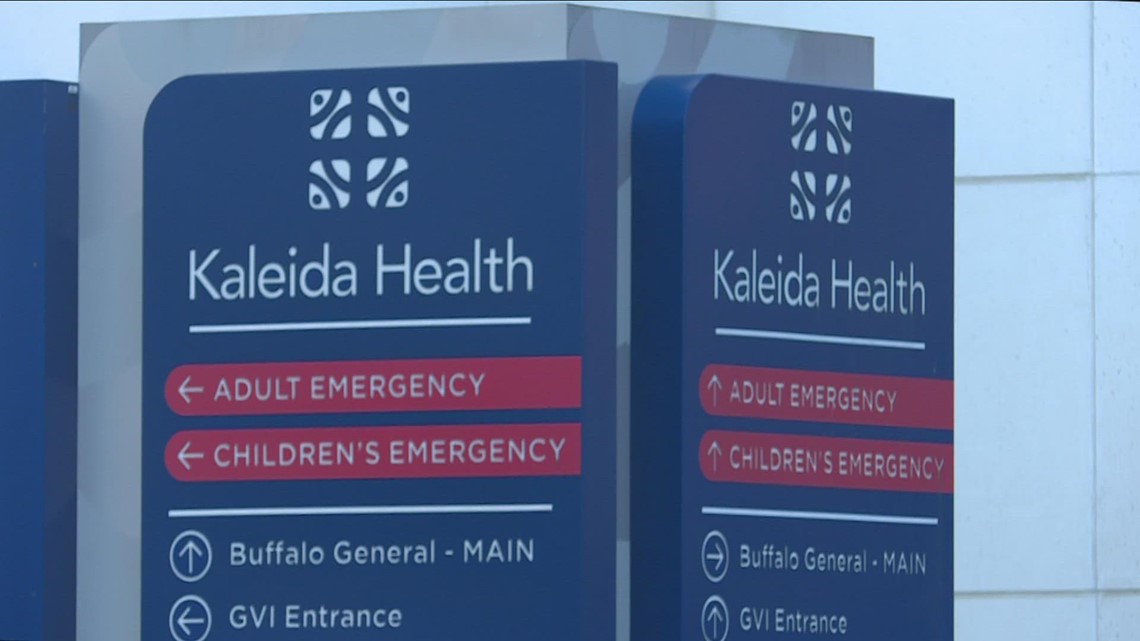Kaleida Health plans to close a surgery center and therapy clinics amid looming Medicaid funding cuts.
BUFFALO, N.Y. — With upcoming cuts to Medicaid funding, local healthcare systems and hospitals could be starting to feel the financial squeeze.
After Kaleida recently announced the closings of a surgery center and therapy clinics, a former hospital executive — now a consultant — spoke with 2 On Your Side to break down what’s also behind these tough business decisions.
Reports of a Kaleida operated outpatient surgery center in Amherst shutting down along with two therapy clinics may have been in the works as health care system executives work on their corporate budgets.
One in touch state lawmaker told us earlier this summer about Medicaid cuts filtering down. Democratic State Assemblymember and Majority Leader Crystal Peoples-Stokes said, “Each hospital in Western New York has already been planning their strategy on how they’re going to deal with the impacts of these cuts on their ability to deliver services. And they should. You can’t wait till it happens to you to figure that out. You need to start thinking about it now. And most hospitals in — I would say the entire state, but definitely in Western New York — are already doing that.”
Former Buffalo General Hospital President Larry Zielinski, who is now a consultant with Primary Care IPA for that primary care physicians group, says the older surgery center competing with more doctor owned facilities and the lower reimbursed therapy clinics were cost cutting targets — even if the upcoming federal Medicaid reductions are spread out over a decade.
“There are impacts that are gonna take effect in 2026 that are substantial. And they’re just trying to get a head start on trying to make up for some of these budget reductions with these moves that they’ve made — the surgery center and these two clinics. And I would anticipate more coming down the pike,” Zielinski said.
Zielinski agrees there will be a balancing act for major hospitals as they see more poor health patients with less or no Medicaid coverage crowding their emergency rooms in which by law they must still provide care. That could be the case, perhaps even more so if rural hospitals continue to suffer financially — even as some additional federal funding for them was included in that budget reconciliation bill passed earlier year.
Zielinski points out that New York is a high Medicaid cost state and there are many Medicaid-covered patients in our region.
“It’s still several billion dollars of lost revenue. It’s going to take a multifaceted approach for these hospitals to be stay solvent, so they are nibbling around the edges. There’s not going to be significant savings in these recent reductions but this is gonna be part of a broader cost reduction plan,” Zielinski said.
Zielinski also says be on the lookout for major increases in our health care coverage insurance plans in the coming years as Medicaid reductions start to filter in. We’ll be checking more into that.
